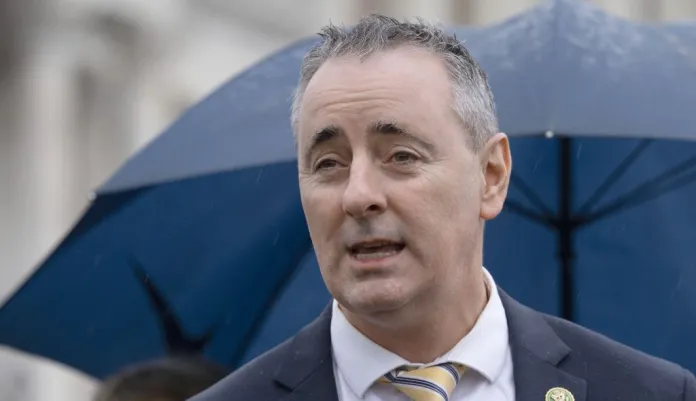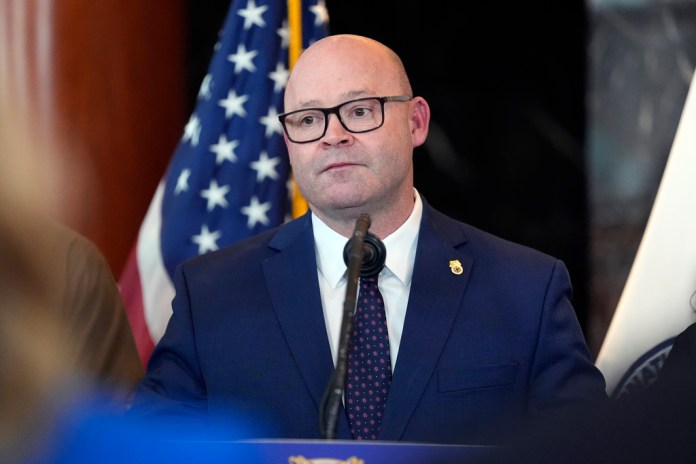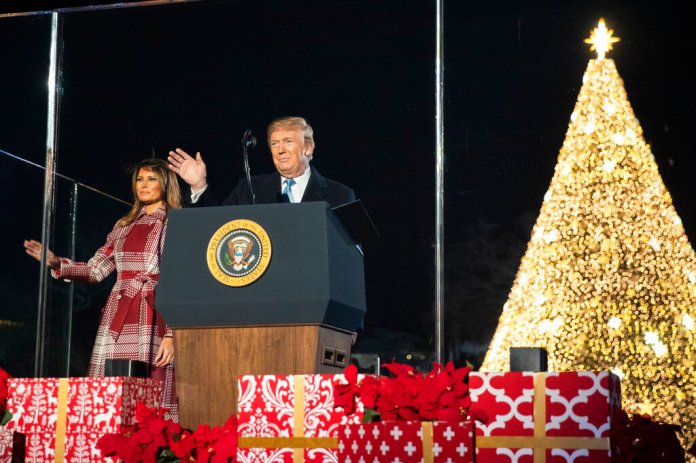SVB collapse: San Francisco Federal Reserve president comes under bipartisan fire for missing signs
Both Republicans and Democrats are criticizing San Francisco Federal Reserve President Mary Daly for failing to act on clear signs of weakness at Silicon Valley Bank (SVB) before its collapse earlier this month. Daly’s failure to supervise the bank, which was under her oversight, has drawn ire from both sides of the aisle.
Critics maintain that the San Francisco Federal Reserve should have spotted warnings about SVB’s balance sheets long before the bank’s closure, which sparked unease about the banking industry. However, they disagree on why the system failed at one of its most basic responsibilities.
While both the San Francisco Fed and the Federal Reserve had the responsibility of overseeing SVB, it is the San Francisco Fed that faces particularly harsh criticism. This is because they failed to exercise their legal discretion to perform stronger oversight of the bank. SVB’s Chief, Greg Becker, sat on the San Francisco Fed board until his bank’s collapse.
Experts say that Daly’s and the Federal Reserve’s board of governors’ failure to notice the signs leading up to the SVB collapse are far more complicated than attributed. Under a 2018 law, San Francisco Fed officials had the option to perform stricter oversight of banks with $100 billion or more in assets. However, they chose not to do so in SVB’s case.
The stricter oversight the San Francisco Fed could have performed, if it had opted for it, is compared to an “advanced test” while the oversight SVB did receive was more like a “basic test” in school, according to Aaron Klein, senior fellow in Economic Studies at the Brookings Institution, who added that “That law also gave the Fed the discretion to apply the advanced test to banks whose failure would be systemic, which highlights another flaw of the Fed’s judgment.”
SVB’s deposits were almost all uninsured, indicating a warning sign that regulators should have seen amid the economic uncertainty. Uninsured depositors are more likely to flee their bank if they sense turbulence ahead, heightening the risk of a bank run. Silicon Valley Bank had uninsured deposits around 90% compared to Bank of America and Goldman Sachs, two far larger and more stable banks, which both had uninsured deposits around 33%.
The Fed has said it will conduct a review of how its own process broke down regarding SVB. Republicans, like Sen. Ted Cruz, have also demanded answers from the San Francisco Fed, including whether SVB conducted regular stress tests and whether Fed officials enforced liquidity requirements on the bank.
As losses from the SVB collapse are being remediated, critics say they represent a broader warning about systemic risks the Fed and other regulators may have failed to uncover in the banking system for years to come.
Read More From “SVB collapse: San Francisco Federal Reserve president comes under bipartisan fire for missing signs”
“The views and opinions expressed here are solely those of the author of the article and not necessarily shared or endorsed by Conservative News Daily.”
" Conservative News Daily does not always share or support the views and opinions expressed here; they are just those of the writer."




